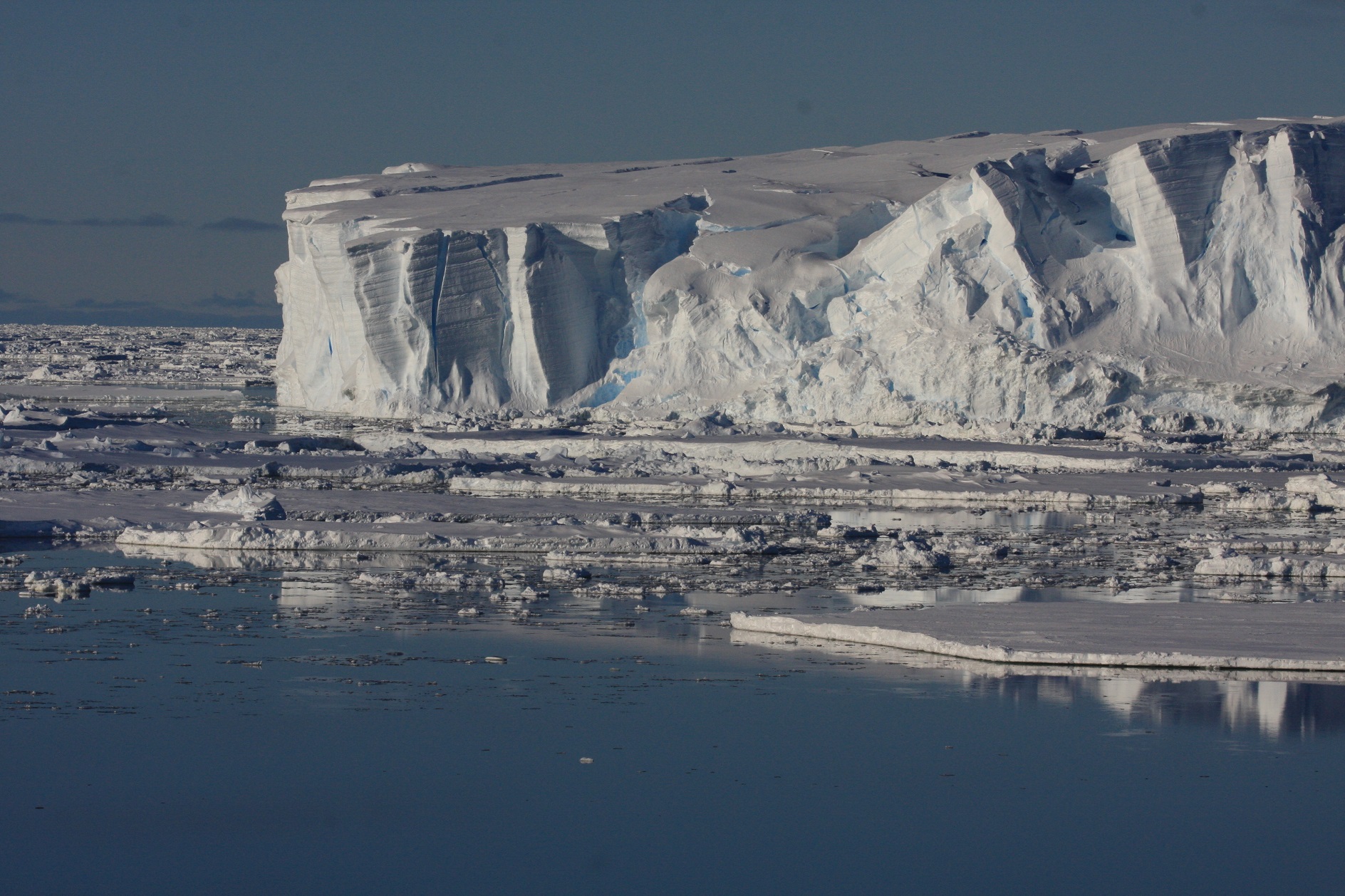

Scientists from the University of Texas at Austin, IMAS and CSIRO have revealed the cause of melting on East Antarctica’s largest glacier in a new study published today in the international journal Science Advances.
The research found that wind is the primary driver of warm waters upwelling beneath the Totten Glacier, causing melting from the underside of the glacier and accelerating its flow into the ocean.
Previous studies had shown that the amount of relatively warmer water under the glacier varied from year to year, but why this happened was unknown.
Co-author Dr David Gwyther, from IMAS and the Australian Research Council funded Antarctic Gateway Partnership, said the study combined satellite images of the ice sheet, wind stress data, and oceanography observations, to determine the chain of events that bring warm water to the Totten.
“We’ve long understood from computer modelling that the atmosphere influences melting below East Antarctic ice shelves and therefore impacts the stability of the ice sheet,” Dr Gwyther said.
“Our research provides strong evidence of the mechanistic links from the atmosphere via the ocean all the way to the ice sheet.
(Photo: Aurora Australis alongside the Totten Glacier ©Paul Brown/Australian Antarctic Division)
“This study suggests that as wind speeds over the Southern Ocean are projected to increase with climate change, the Totten Glacier will melt faster and contribute more to global sea level rise.”
Lead author Chad Greene, a PhD student at the University of Texas Institute for Geophysics (UTIG), said Totten Glacier had been described as a sleeping giant because it was thought to be insensitive to changes in its environment.
“We’ve shown that if the glacier is asleep, it might wake up more easily than previously thought.”
He said upwelling beneath the glacier occurs when the wind displaces surface water, allowing deeper and warmer water to rise up to replace it.
"It's like when you blow across a hot bowl of soup and little bits of noodles from the bottom begin to swirl around and rise to the top," Mr Greene said.
Although it is melting slowly, over time Totten Glacier has the potential to significantly raise global sea levels.
The glacier drains 538 000 square kilometres of East Antarctica and discharges about 70 billion tonnes of ice each year.